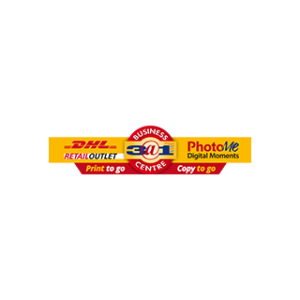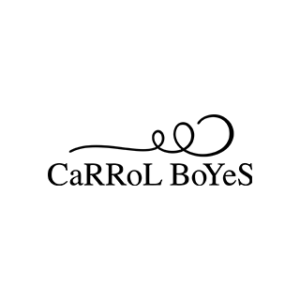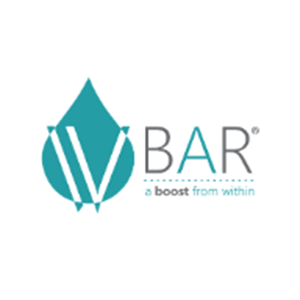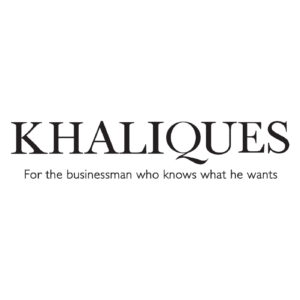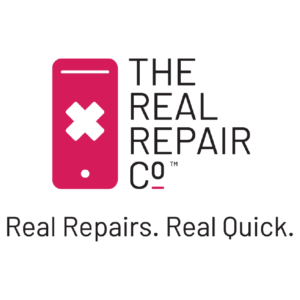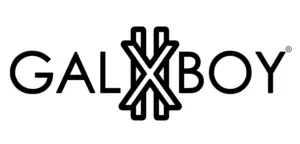Measuring ROX for your Business
It’s no longer enough to merely measure return-on-investment. Customer experience and more specifically, measuring Return of Experience (ROX) is vital. Delivering a superior customer experience is now the key to long-term customer success and retention. Why? Consumers have more power over your company’s success and failure than ever before. Furthermore, consumers demand a seamless, integrated, and frictionless shopping experience.
What is the difference between ROX and ROI?
Return on Investment (ROI) is a performance measure used to evaluate the efficiency of investment i.e. the ratio between net profit and cost of investment. A high ROI means the investment’s gains compare favourably to its cost. In contrast, Return on Experience (ROX) measures your earnings on investments in the parts of your company directly related to how people interact with your brand.
ROX allows us to determine which activities and touchpoints drive up customer engagement and positive experience with our brands.
Quinton Pienaar, A Partner at PWC, says the following in his article titled ‘Moving from return on investment to return on experience’: “We believe ROX gives a far more holistic and accurate view of success than simply looking at ROI. We need to rapidly find new ways to become closer to our customers. The stakes are high… if we fail to change we will fail to survive.”
So how well are you doing to meet higher expectations around the customer experience and measuring your ROX?
Developing a Great Customer Experience for your Online Store
Organisations need to map out the customer’s purchase journey and understand every touchpoint of the experience. This includes knowing what your company does incredibly well, and on the other end of the scale, where you could make big improvements. You need to continuously monitor indicators like loyalty, retention, advocacy, lifetime value and acquisition to understand how well your customer experience strategy is performing.
What Factors Contribute to High ROX:
- Understanding your customers based on their behaviours. With an abundance of data and artificial intelligence, customer behaviour is not that difficult to understand and decipher to gain deeper insights. It is vital to understand what’s most important along the path-to-purchase and which factors are most influential in driving customer behaviours.
- An enhanced omnichannel purchase experience. This means amplifying your customer’s in-person experiences with your various touchpoints e.g. with your digital platforms (including text chat, phone, and email) before, during and after an interaction, including their retail experience in a brick-and-mortar store if you have one.
- Solve your customers’ problems by understanding what keeps them up at night. Your content should provide answers to these problems – whether that be via website content, newsletters, or social media posts. Provide valuable and real actionable insights.
- Make sure your people, skills, systems, processes, technology, and infrastructure are aligned with your critical touchpoints and capable of supporting your future growth. If necessary, introduce new methods and techniques to improve customer experience.
- Reduced friction. Your purchase journey should be frictionless, encouraging your customers to engage with you more frequently, and spend more money.
- Foster happy employees. The employee experience is critical in creating outstanding customer experiences and driving excellence. According to PwC’s 2019 Global Consumer Insights Survey, companies that invest in and deliver superior experiences to both consumers and employees are able to charge a premium of as much as 16% for their products and services
Conclusion
In this era of hyper-connectivity, customers can now influence a far-reaching global audience with their positive or negative comments. Ultimately, measuring ROX and then actively enhancing your customers’ experiences guarantees success.


